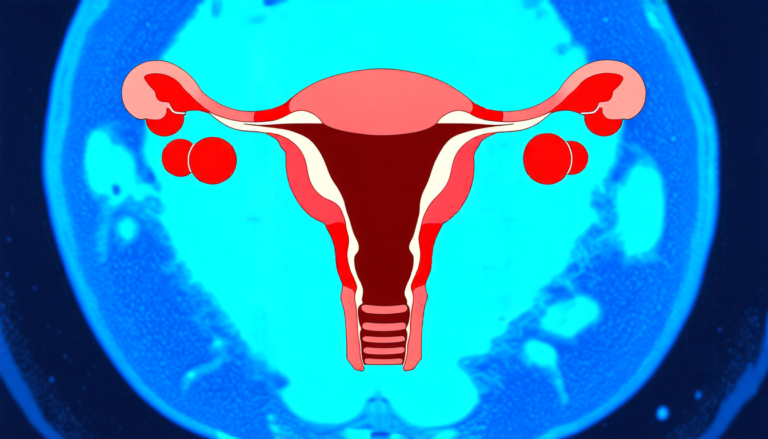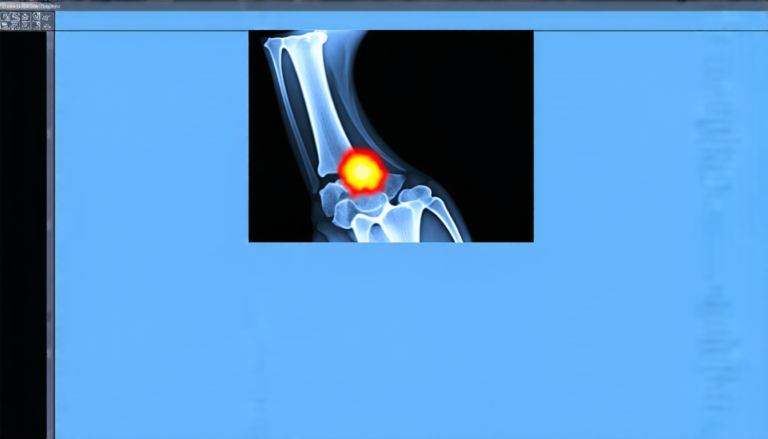Wednesday 09 April 2025
The quest for precise proton therapy has taken a significant step forward, thanks to a new framework that combines advanced computer vision techniques with deep learning algorithms. Researchers have developed a system that can generate high-quality synthetic CT scans from cone-beam computed tomography (CBCT) images, which are commonly used in radiation therapy.
Proton therapy is a precise form of cancer treatment that uses high-energy protons to destroy tumours while minimizing damage to surrounding healthy tissue. However, the accuracy of this treatment relies heavily on the quality of the CT scans used to plan and deliver the therapy. CBCT images are often used for real-time monitoring during treatment, but they can be noisy and degraded due to the limited resolution of the imaging equipment.
The new framework, called STF-RUE, uses a combination of segmentation-guided CBCT-to-CT translation and conformal uncertainty estimation to generate synthetic CT scans that are remarkably accurate. The system first segments the tumour from the surrounding tissue using advanced computer vision techniques, allowing it to focus on the critical regions where accuracy is most important.
Next, STF-RUE uses a deep learning algorithm to translate the CBCT images into high-quality synthetic CT scans. This process involves predicting the pixel-wise intensity values of the synthetic CT scan based on the input CBCT image and segmentation mask. The resulting synthetic CT scans are not only more accurate than traditional CBCT images but also provide valuable uncertainty estimates, allowing clinicians to assess the reliability of their treatment plans.
The potential benefits of STF-RUE are significant. By generating high-quality synthetic CT scans, clinicians can improve the accuracy of proton therapy treatment planning and delivery, reducing the risk of side effects and improving patient outcomes. Additionally, the system’s conformal uncertainty estimation capabilities can help clinicians make more informed decisions about treatment strategies and monitor the effectiveness of their treatment plans.
The researchers have tested STF-RUE on a range of datasets, including the SynthRAD2023 grand challenge dataset, which provides a standardized platform for evaluating synthetic CT generation algorithms. The results are impressive, with STF-RUE achieving state-of-the-art performance in terms of both accuracy and uncertainty estimation.
While there is still more work to be done to refine the system and integrate it into clinical practice, the development of STF-RUE represents a significant milestone in the quest for precise proton therapy. By combining advanced computer vision techniques with deep learning algorithms, researchers have created a powerful tool that has the potential to transform the field of radiation oncology.
Cite this article: “Unlocking Accurate Proton Therapy with Segmentation-Guided CT Synthesis and Conformal Uncertainty Bounds”, The Science Archive, 2025.
Proton Therapy, Cancer Treatment, Ct Scans, Cbct Images, Computer Vision, Deep Learning, Radiation Therapy, Synthetic Ct Scans, Uncertainty Estimation, Medical Imaging.







